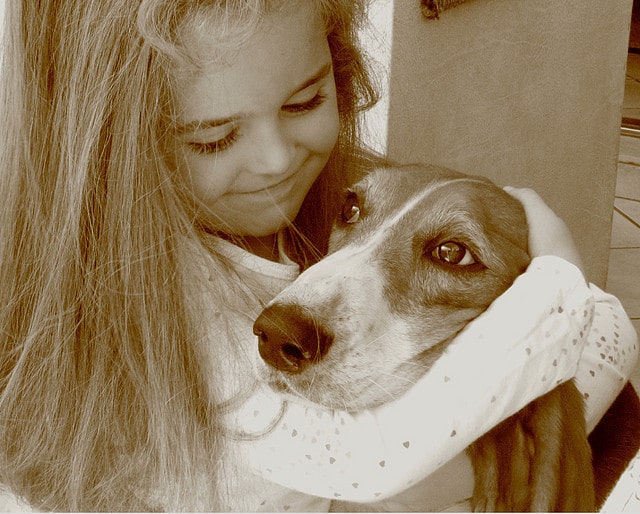 Each year, more than 4.5 million people in the U.S. are bitten by dogs. Of these 4.5 million, nearly 1 in 5 people require medical attention for their dog bite, or roughly 800,000 Americans. At least half of all medically-treated dog bites in the U.S. belong to children.
Each year, more than 4.5 million people in the U.S. are bitten by dogs. Of these 4.5 million, nearly 1 in 5 people require medical attention for their dog bite, or roughly 800,000 Americans. At least half of all medically-treated dog bites in the U.S. belong to children.
Children often become easy targets for dogs for several reasons. Dogs are, instinctively, territorial animals. They are genetically programmed to protect their property and “their” humans, and young children often do not understand or respect a dog’s boundaries to the extent that is necessary. When young children cannot pick up on behavioral clues or do not leave a dog alone in time, the consequences can involve attacks and bites from the dog.
Despite their small size and young age, children can play a huge part in the prevention of dog bites. Although some dogs can behave unpredictably, children who are taught how to properly interact with dogs can drastically reduce their chances of being attacked or bitten. Most dog bites that occur in young children are the result of interactions with familiar dogs—dogs belonging to the family, neighbors, or friends. Regardless of this, it is important that parents supervise their children regardless of whether the dogs present are familiar or not.
The American Veterinary Medical Association suggests many ways to help children understand how to respect and interact with dogs. Their suggestions include:
- Avoid unknown dogs and consider leaving the area if an unknown dog is wandering around.
- Always ask for permission for your child to pet a dog, even if you already know the dog and the owner.
- Teach children to “be a tree”: when approached by an aggressive dog, children should stand still and quietly with their arms at their side. Teach children to keep their head down, and to avoid eye contact with the dog.
- If children are knocked down by a dog, teach them to cover their head and neck and curl into a ball.
- Teach children that their behavior can affect a dog and teach them to not run toward, yell at, hit, or make sudden movements near an agitated dog.
- Teach children to respect the space and privacy of dogs—do not steal things that belong to dogs, and do not tease or pretend to hurt a dog.
These are just a few ways parents can help their children avoid dog bites. Children who understand how to be gentle with animals are less likely to behave in a way that would irritate or upset a dog. Teaching your young children simple, correct dog etiquette will help them to better understand the body language and signals displayed by dogs.
Table of Contents
Basic dog interaction etiquette
Even if children are already very familiar with a certain dog or dogs, it is smartest and safest to always proceed with caution. Do not approach a dog that does not approach you first, and avoid behaviors that will make a dog feel threatened or enclosed. Vetstreet.com proposes several methods to teach your children when interacting with dogs:
- Do not allow children to hug dogs. Hugging traps the dog where it is standing, making it feel anxious. Dogs will look for a way to escape, which may result in biting.
- Keep your child’s face away from the face of dogs. Do not allow your child to lean in close to a dog or to kiss a dog anywhere on its face. Dogs may interpret the close proximity as a threat and retaliate with a bite.
- When a dog rolls onto its back, do not approach the dog. While this is often taken as a sign to rub a dog’s belly, rolling onto a back is actually an instinctive behavior for dogs who are fearful and trying to submit to aggressive dogs. Especially if a child is unfamiliar with a dog’s disposition, it is best not to approach them at this time
- If a dog retreats or leaves a situation, do not follow the dog. When the dog is ready to return to the crowd and the attention, it will return. Also never approach a dog that is in a confined space. Dogs in cars, behind fences, or in kennels may bite a hand that is entering their territory.
When dealing with both familiar and unfamiliar dogs, keep your children close and discourage any sudden or invasive movements. Although certain dog breeds are genetically more aggressive and more prone to biting, it is impossible to know which dogs will bite and which dogs will not. Accidents are still possible, but by taking the right precautions and respecting dogs’ boundaries, you drastically reduce the chance of you or your child being bitten.
View the video entitled, “My Cat Saved My Son,” which contains raw footage of a family’s once-homeless pet cat defending their son from a neighbor’s dog.
